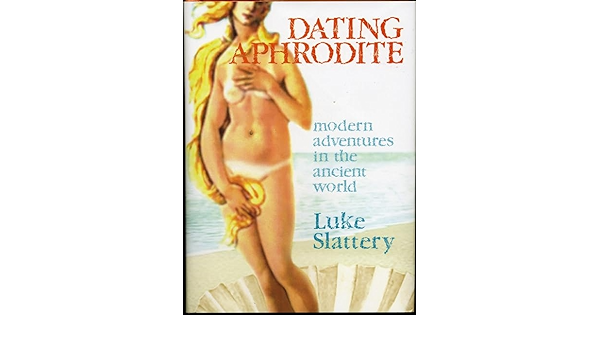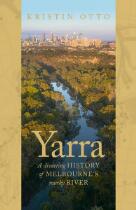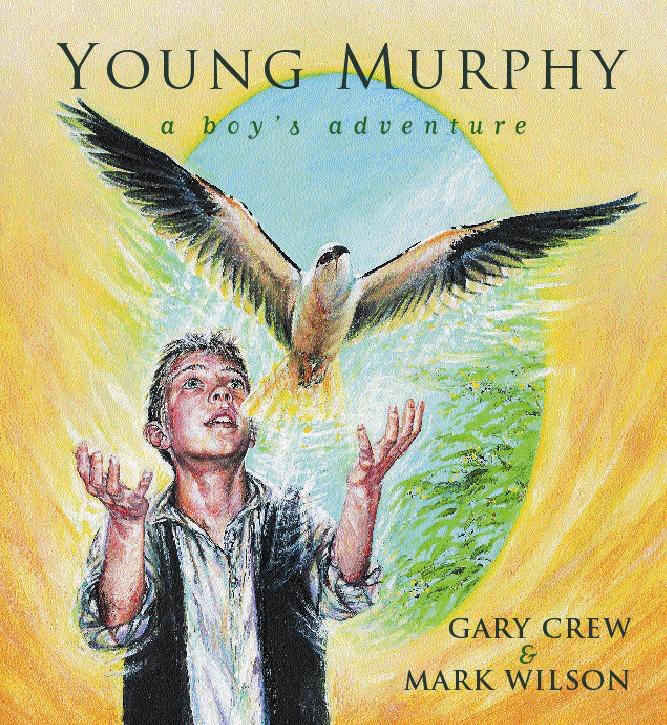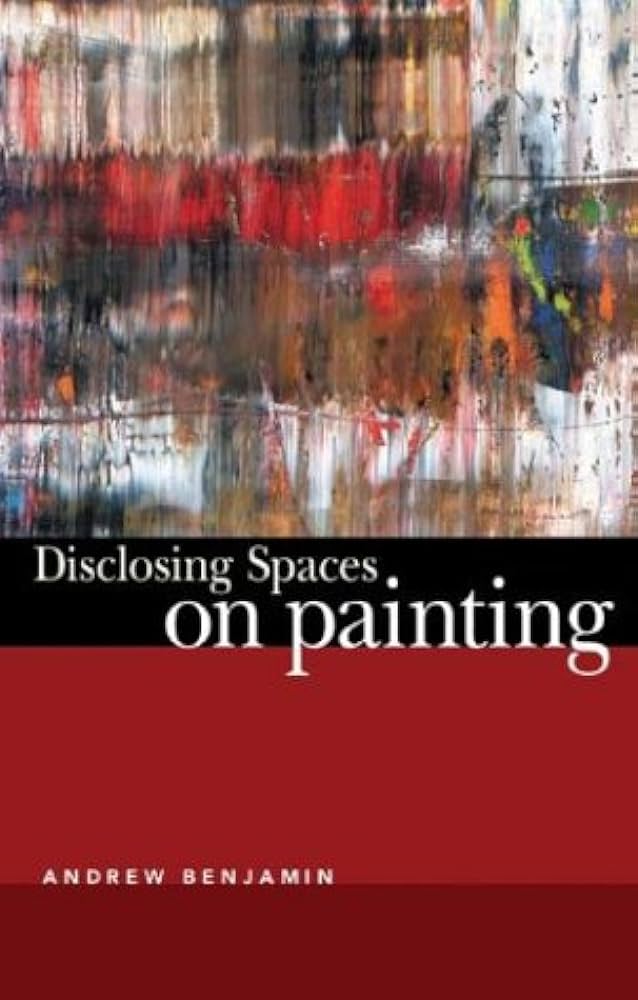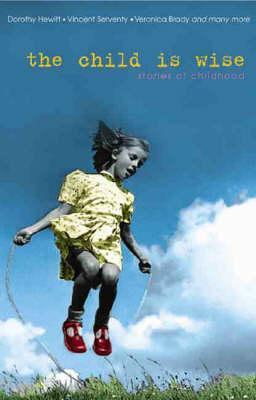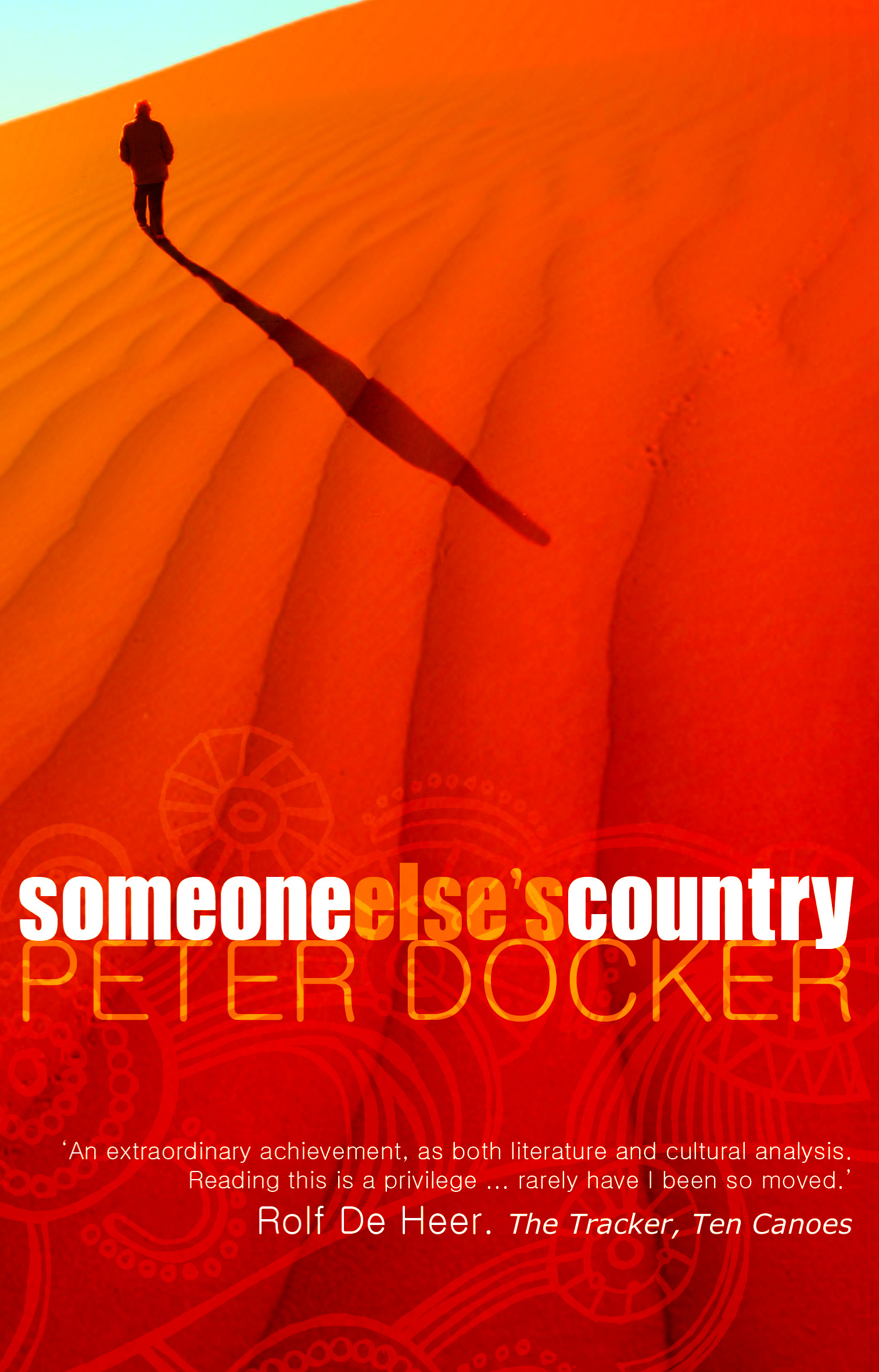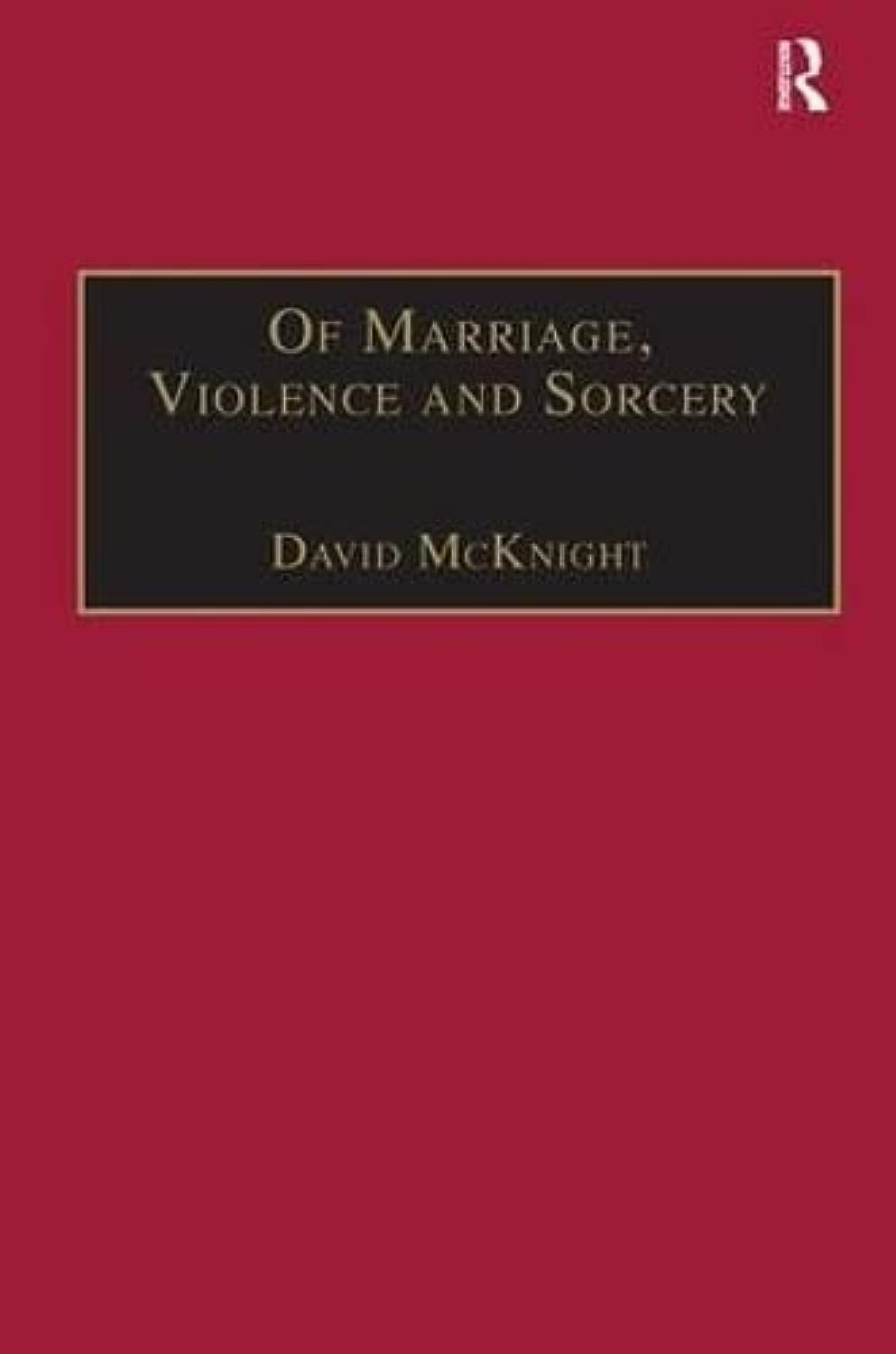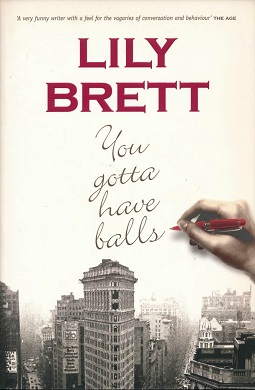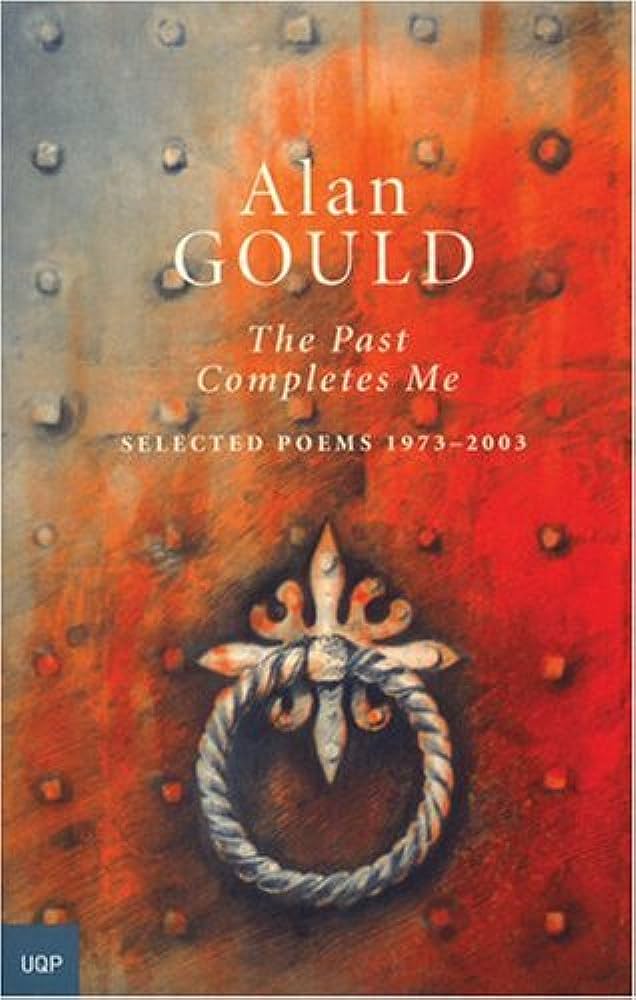Review
The Cinema of Britain and Ireland edited by Brian McFarlane
by Richard Johnstone •
Dating Aphrodite: Modern adventures in the ancient world by Luke Slattery
by Peter Steele •
Yarra by Kristin Otto & The Vision Splendid by Richard Waterhouse
by Mark McKenna •
Young Murphy by Gary Crew, illustrated by Mark Wilson & 101 Great Killer Creatures by Paul Holper and Simon Torok, illustrated by Stephen Axelsen
by Margaret Robson Kett •
Of Marriage, Violence and Sorcery: The quest for power in Northern Queensland by David McKnight
by Inga Clendinnen •
The Past Completes Me: Selected poems 1973–2003 by Alan Gould
by Martin Duwell •


